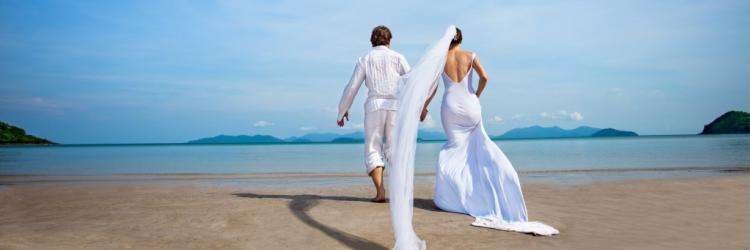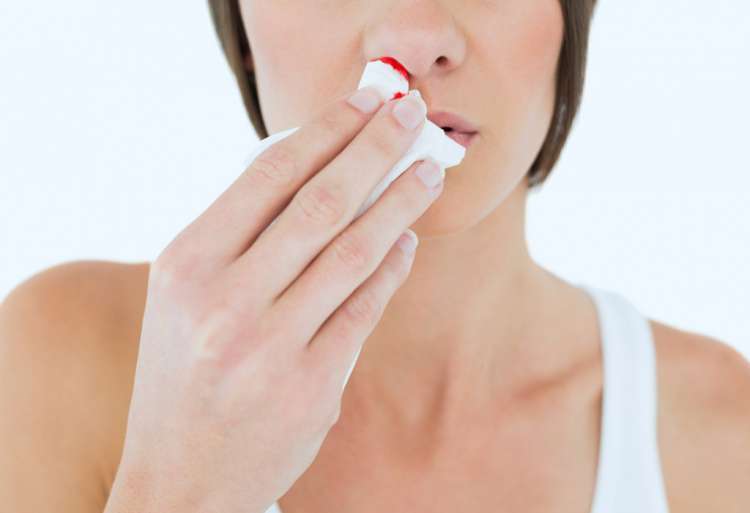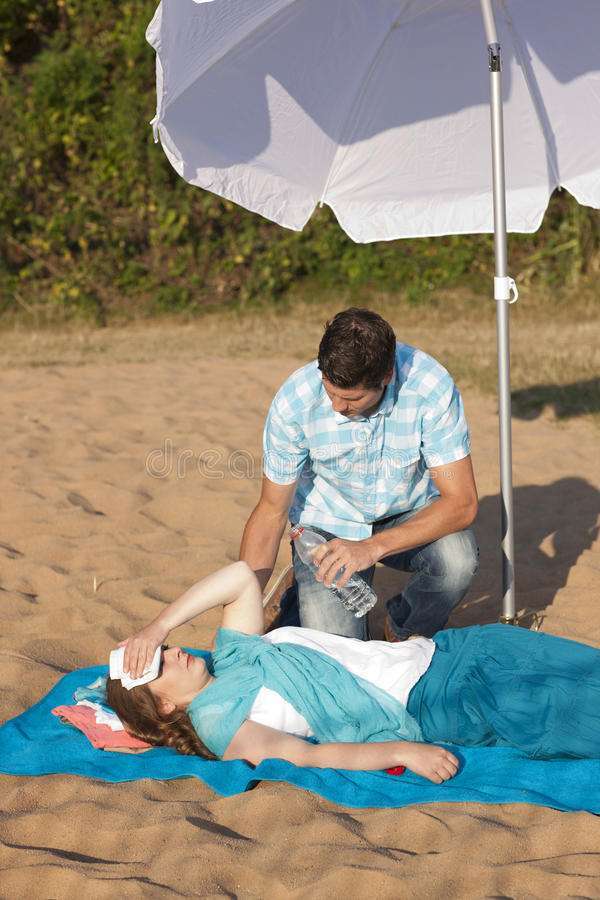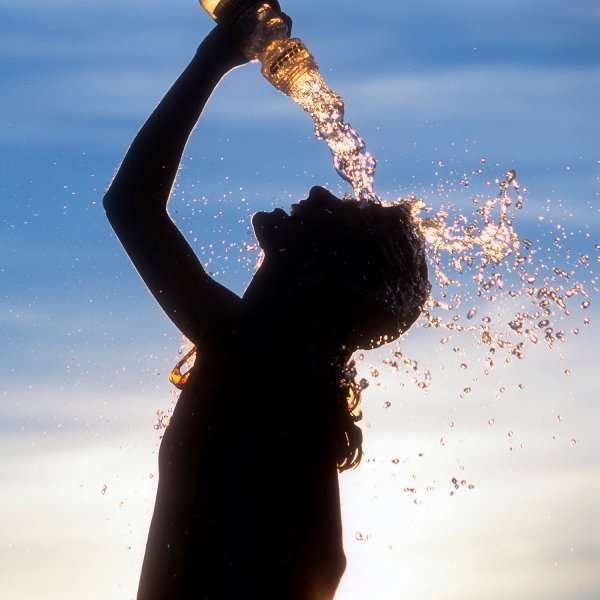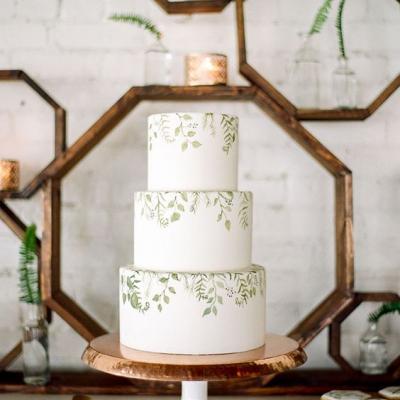How to Prevent Honeymoon Health Problem
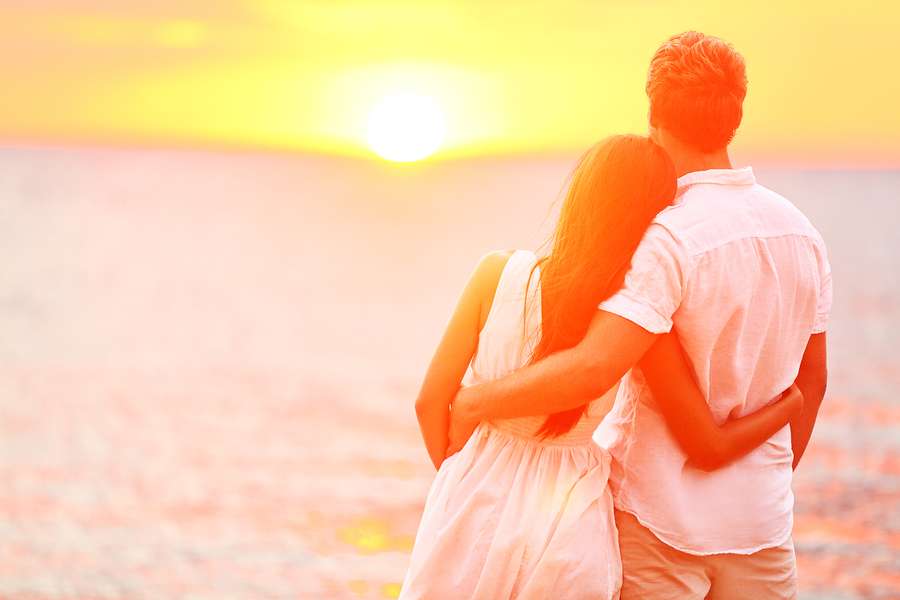
After months of planning your wedding, you are probably also dreaming of the perfect honeymoon, but unpleasant things sometimes happen, and it is best that you be prepared for damage control, and better yet, prevention.
Some couples can face some health trouble while on their honeymoon, such as seasickness, sunburn, nose bleeds, or blisters.
But with our amazing helpful tips, you will be able to avoid and deal with these issues the moment they happen.
Motion Sickness
You may encounter motion sickness (also known as travel sickness) on your honeymoon, particularly if you use a certain mode of transportation for the first time.
You have probably heard of seasickness, but you can also get car sickness, train sickness, plane sickness, or basically any type of transportation-triggered sickness.
Motion sickness is caused by a disturbance of the inner ear that affects the organ of balance and equilibrium and, hence, the sense of spatial orientation.
Motion sickness can strike suddenly. It can start with a feeling of uneasiness and develop into a cold sweat, dizziness, nausea, and then vomiting. Motion sickness usually quiets down as soon as the motion stops. The more you travel, the better it gets, as you will better adjust to being in motion.
If you are concerned about motion sickness, do the following:
Reserve seats where motion sickness is felt least. For example:
- By ship, request a cabin in the front or middle of the ship near the water level.
- By plane, ask for a seat over the front edge of a wing. Once aboard, direct the air vent flow to your face.
- By train, take a seat near the front and next to a window. Face forward.
- By automobile, drive, or sit in the front passenger's seat.
If you are susceptible to motion sickness, Mayo Clinic suggests that you do the following:
- Focus on the horizon or against a seatback.
- Don't smoke or sit near smokers.
- Avoid spicy and greasy foods and alcohol. Don't overeat.
- Take an over-the-counter antihistamine, such as meclizine (Antivert), or one containing dimenhydrinate (Dramamine), at least 30 to 60 minutes before you travel. Expect drowsiness as a side effect.
- Consider scopolamine (Transderm Scop), available in a prescription adhesive patch. Several hours before you plan to travel, apply the patch behind your ear for 72-hour protection. Talk to your doctor before using the medication if you have health problems such as asthma on a distant, stationary object. Don't read.
- Keep your head still, while resting if you have glaucoma or urine retention.
- Eat dry crackers or drink a carbonated beverage to help settle your stomach if you become ill.
Nosebleeds
Nosebleeds are very common, and more often than none they are just a mere nuisance rather than a medical problem. And what worse timing of that nuisance happening than on your honeymoon!
Just in case you did face a nosebleed on your honeymoon, here is how you can take care of it:
- Sit upright and lean forward. By remaining upright, you reduce blood pressure in the veins of your nose. This discourages further bleeding. Sitting forward will also help you avoid swallowing blood, which can irritate your stomach.
- Pinch your nose. Use your thumb and index finger to pinch your nostrils shut. Breathe through your mouth. Continue to pinch for 5 to 10 minutes. Pinching sends pressure to the bleeding point on the nasal septum and often stops the flow of blood.
- To prevent re-bleeding: Don't pick or blow your nose and don't bend down for several hours after the bleeding episode. During this time, remember to keep your head higher than the level of your heart.
- If re-bleeding occurs: Blow out forcefully to clear your nose of blood clots and spray both sides of your nose with a decongestant nasal spray containing oxymetazoline (Afrin, Mucinex Moisture Smart, or others). Pinch your nose again as described above and call your doctor.
Seek medical care immediately if:
- The bleeding lasts for more than 20 minutes.
- The nosebleed follows an accident, a fall or an injury to your head, including a punch in the face that may have broken your nose.
- You experience frequent nosebleeds.
- You're experiencing nasal bleeding and are taking blood thinners.
Sunburns
Summer is fun but sunburns sure aren’t! Many brides and grooms have suffered sunburn of varying degrees on their honeymoon, which is an unpleasant experience.
Sunburn can happen within a few hours of sun exposure and can even happen on a cloudy day! Also, you should be extra careful if you have light-colored skin.
Signs and symptoms of sunburn include pain, redness, swelling, and occasional blistering of the exposed area. Because exposure often affects a large area of your skin, sunburn can also cause headaches, fever, and fatigue.
Avoid sunburn by:
- Staying out of the sun during peak hours
- Protecting yourself with appropriate cool clothing
- Wearing a hat with a big rim and sunglasses
- Using sunscreen on any exposed area
If you have sunburn:
- If needed, take an over-the-counter pain reliever such as aspirin, ibuprofen (Advil, Motrin, others), naproxen (Aleve), or acetaminophen (Tylenol, others). Use caution when giving aspirin to children or teenagers. Though aspirin is approved for use in children older than age 2, children and teenagers recovering from chickenpox or flu-like symptoms should never take aspirin. Talk to your doctor if you have concerns.
- Leave blisters intact for a speedy healing process, and also to avoid infection. If they burst on their own, apply an antibacterial ointment on the open areas.
- Apply an aloe vera gel or moisturizing lotion several times a day.
- Take a cool bath or shower. You can also apply a clean towel dampened with cool water.
- Don't use petroleum jelly, butter, egg whites, or other home remedies on your sunburn. They can prevent or delay healing.
- If your sunburn begins to blister or if you experience immediate complications, such as a rash, itching, or fever, call your doctor for a consultation.
Blisters
Walking around on your honeymoon for hours either site seeing, shopping or hiking may cause blisters on the soles of your feet that will prevent you from more walking, cause you pain and possibly ruin what could be your greatest trip ever!
Avoid this nuisance by preventing blisters and knowing how to deal with them if you do get them.
To prevent a blister:
- Wear comfortable shoes. Forget your high heels during the day; be practical.
- Wear cotton socks with your trainers as the rubbing between the back of your shoes or trainer and your feet may cause irritation and skin scraping. Use clean well-dried socks.
- Rub your feet and toes with petroleum jelly or any other lubricant if you are planning to walk for long hours.
To deal with a blister:
- If the blister isn't too painful, try keeping it intact. Unbroken skin over a blister provides a natural barrier to bacteria and decreases the risk of infection.
- Cover a small blister with an adhesive bandage, and cover a large one with a porous, plastic-coated gauze pad that absorbs moisture and allows the wound to breathe.
To drain a blister:
- To relieve blister-related pain, drain the fluid while leaving the overlying skin intact. Here's how:
- Wash your hands and the blister with soap and warm water.
- Swab the blister with iodine or rub alcohol.
- Sterilize a clean, sharp needle by wiping it with rubbing alcohol. You can pass it over a flame if alcohol is not available.
- Use the needle to puncture the blister in several spots. Carefully press the fluid out to drain, but leave the overlying skin in place.
- Apply an antibiotic ointment to the blister and cover with a bandage or gauze pad. Do not use alcohol or iodine, as they will delay healing. Change the bandage once a day to reduce the chance of infection. Remove the bandage at night to let the area dry.
- Cutaway all the dead skin after several days, using tweezers and scissors sterilized with rubbing alcohol. Apply more ointment and a bandage.
If you see any sign of infection around the blister such as pus, redness, increasing pain, or warm skin, call your doctor.
Heatstroke
If you’re not used to staying in the sun for a long period of time, or suffer from cardiovascular disease, you should be extra cautious when doing any activity in the sun, especially on your honeymoon! So please be careful, as some cases of heatstroke could be fatal.
Heatstroke often results from exercise or heavy work in hot environments, combined with inadequate fluid intake.
What makes heatstroke severe and potentially life-threatening is that the body's normal mechanisms for dealing with heat stress, such as sweating and temperature control, become inadequate.
The main sign of heatstroke is markedly elevated body temperature, generally greater than 40 C, with changes in mental status ranging from personality changes to confusion and coma. The skin may be hot and dry, although if heatstroke is caused by exertion, the skin may be moist.
Other signs and symptoms may include:
- Rapid heartbeat
- Rapid and shallow breathing
- Elevated or lowered blood pressure
- Cessation of sweating
- Irritability, confusion or unconsciousness
- Feeling dizzy or lightheaded
- Headache
- Nausea
- Fainting, which may be the first sign in older adults
If you suspect heatstroke:
- Move the person out of the sun and into a shady or air-conditioned space.
- Call emergency medical help.
- Cool the person by covering with damp sheets or by spraying with cool water. Direct air onto the person with a fan or newspaper.
- Have the person drink cool water or any other nonalcoholic beverage without caffeine, if he or she is able to.
Heat Exhaustion
You are likely to be spending a good number of hours on your honeymoon in the sun. Walking, outdoor shopping, swimming, or relaxing by the sea, you are bound to be exposed to the sun if you have opted for a warm honeymoon destination.
If you are not well protected by a hat, cap, or umbrella, or if you are not drinking enough water, you could be affected by heat exhaustion.
Heat exhaustion is one of the heat-related syndromes, which range in severity from mild heat cramps to heat exhaustion to potentially life-threatening heatstroke.
Signs and symptoms of heat exhaustion often begin suddenly, sometimes after excessive exercise, heavy perspiration, and inadequate fluid or salt intake.
Signs and symptoms resemble those of shock and may include:
- Feeling faint or dizzy
- Nausea
- Heavy sweating
- Rapid, weak heartbeat
- Low blood pressure
- Cool, moist, pale skin
- Low-grade fever
- Heat cramps
- Headache
- Fatigue
- Dark-colored urine
If you suspect heat exhaustion:
- Get the person out of the sun and into the shade or an air-conditioned location.
- Lay the person down and elevate the legs and feet slightly.
- Loosen or remove the person's clothing.
- Have the person drink cool water or any other nonalcoholic beverage without caffeine.
- Cool the person by spraying or sponging with cool water and fanning.
- Monitor the person carefully. Heat exhaustion can quickly become heatstroke.
- Call emergency medical help if the person's condition deteriorates, especially if fainting, confusion or seizures occur, or if the fever of 40 C or greater occurs with other symptoms.

